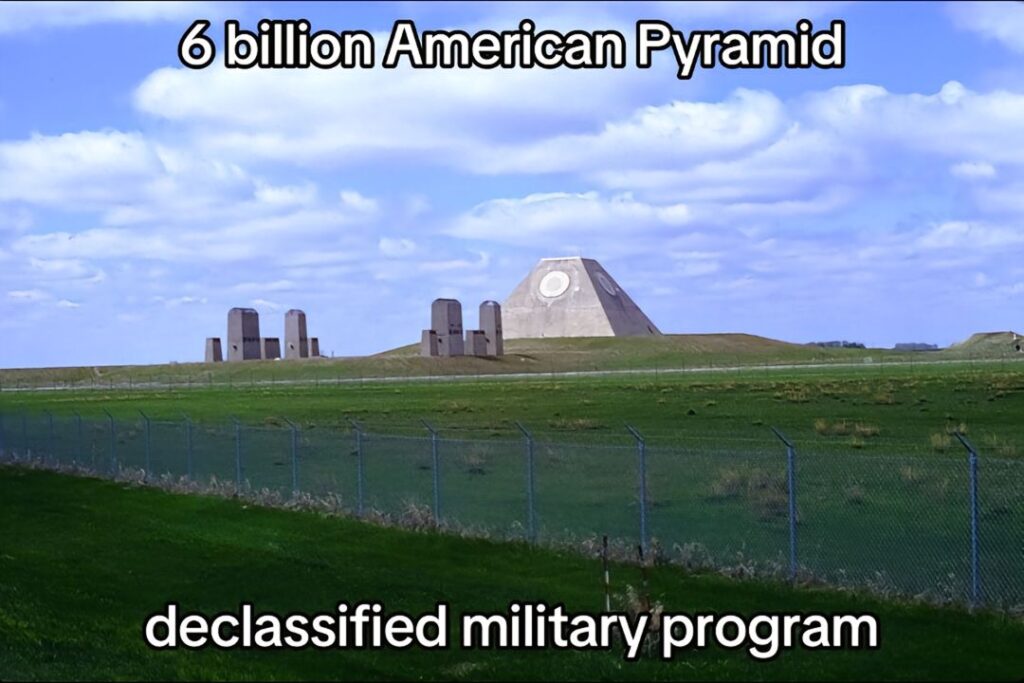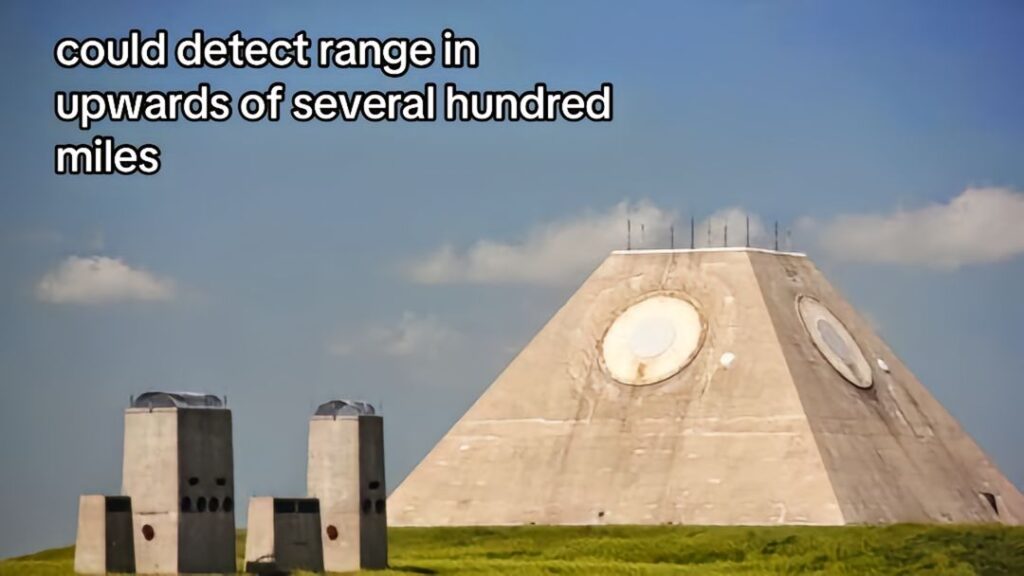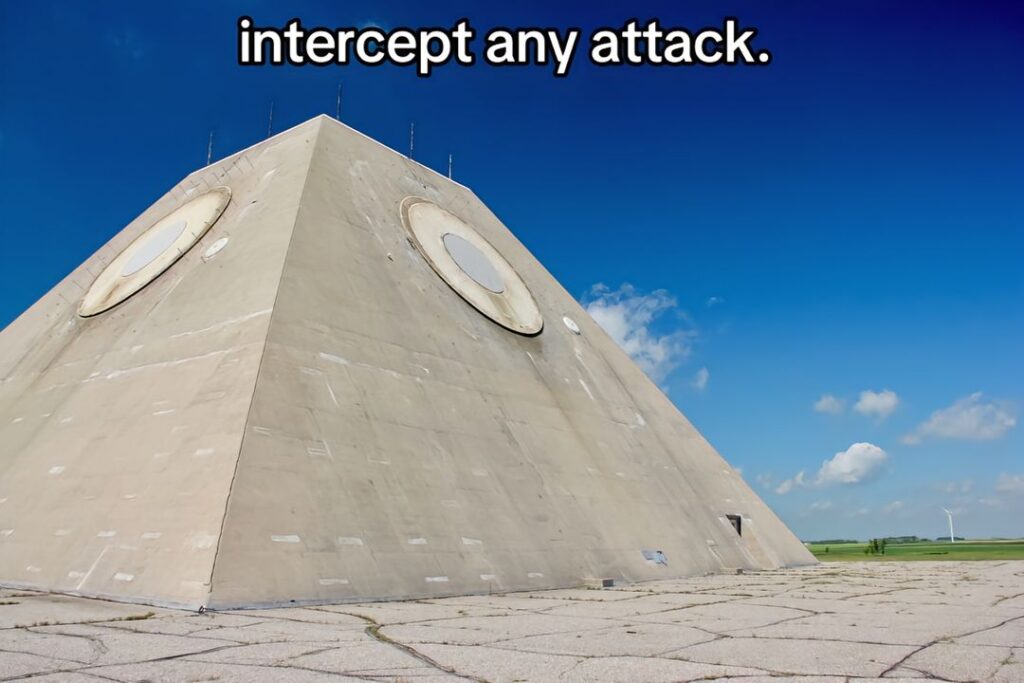Cold War-era military installation located near Nekoma, North Dakota, in the United States.
The Nekoma Pyramid, also known as the Stanley R. Mickelsen Safeguard Complex, is a Cold War-era military installation located near Nekoma, North Dakota, in the United States. Constructed in the 1970s, it is a fascinating relic of the era’s strategic defense initiatives and stands out as one of the most unusual and enigmatic structures in the U.S. The pyramid-shaped building was part of an ambitious project to shield the U.S. from potential nuclear missile attacks during the height of geopolitical tensions with the Soviet Union.

The complex was designed as a key component of the Safeguard Program, a missile defense system intended to protect the United States from intercontinental ballistic missile (ICBM) attacks. The pyramid itself housed a sophisticated radar system known as the Perimeter Acquisition Radar (PAR), which was integral to detecting and tracking incoming missiles. It worked in tandem with other radar systems and interceptor missiles stationed at the site to form a layered defense.
The structure is made of reinforced concrete and stands approximately 90 feet tall. Its design resembles an ancient Egyptian pyramid but with stark, brutalist architecture that reflects its utilitarian and militaristic purpose. Each of the pyramid’s four triangular faces has circular apertures near the top, which housed phased-array radar systems capable of scanning vast stretches of airspace. These radars could detect multiple incoming targets simultaneously and relay information to missile interceptors.

Today, the Nekoma Pyramid is an enduring symbol of Cold War paranoia and the technological race between superpowers. The site, though no longer active, has become a curiosity for history enthusiasts, photographers, and urban explorers. Its stark, otherworldly appearance against the flat plains of North Dakota gives it an eerie and enigmatic presence.
Despite the massive investment and advanced technology of the Safeguard Program, the Nekoma Pyramid had a very short operational lifespan. The complex officially became operational on October 1, 1975, but just one day later, Congress voted to deactivate the program. This decision was largely due to high costs, limited effectiveness against evolving threats, and changing strategic priorities in the post-Vietnam War era. By early 1976, the facility was effectively decommissioned, making it one of the most expensive single-day military installations in history.

Ownership of the site has changed hands multiple times over the years, and while some parts of the complex have been repurposed, the pyramid itself remains largely untouched. It serves as a poignant reminder of the massive resources devoted to Cold War defense strategies and the fleeting nature of many such projects. Visitors to the area often marvel at its unique design and the sense of mystery it evokes, standing as a silent sentinel to a bygone era of geopolitical tension and technological ambition.


